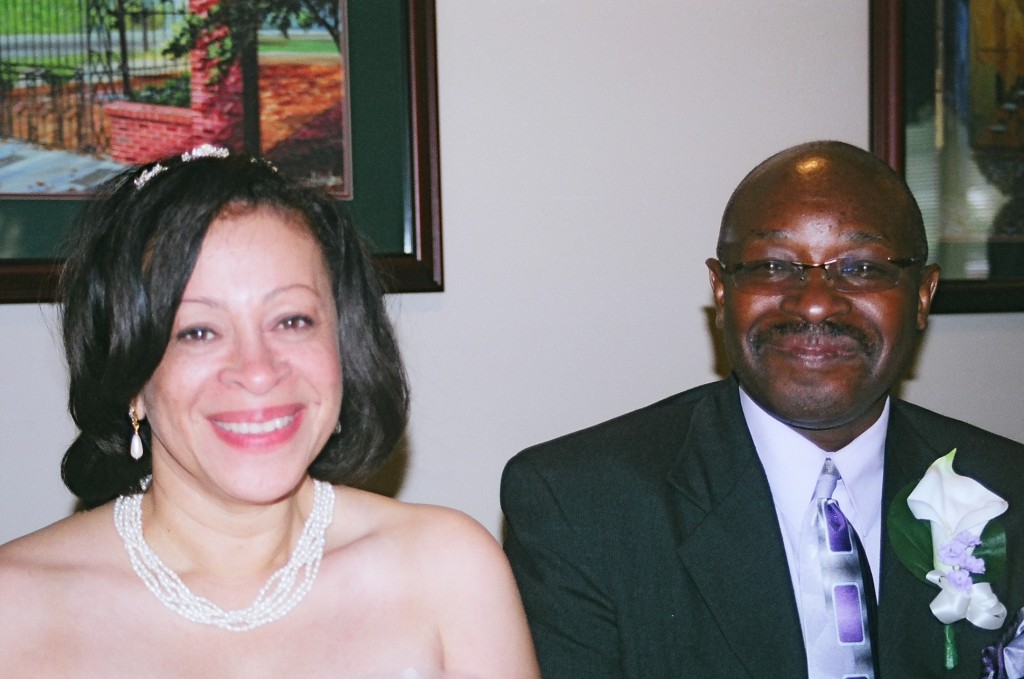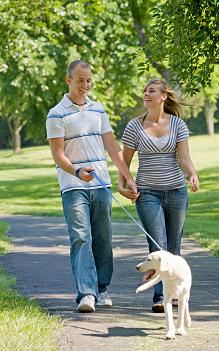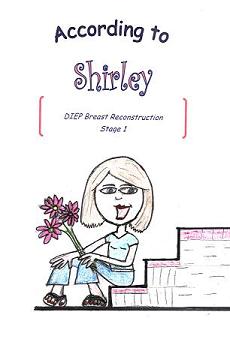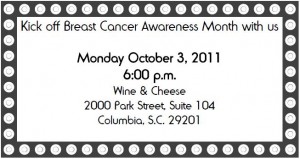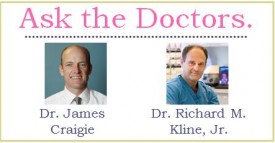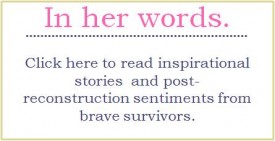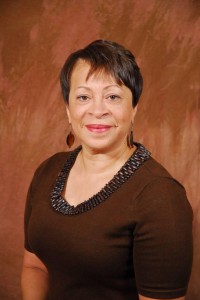 Today’s In Her Words post comes to us from a past patient of The Center for Natural Breast Reconstruction, Jakki Grimball. Jakki is a breast cancer survivor who lived in Columbia, SC and traveled to Charleston to receive her DIEP reconstructive surgery. Today, her and her husband live in Charleston where her husband is the director of The Neighborhood House, an organization providing services for people in need, including food pantry, soup kitchen, emergency assistance, sewing classes, resume writing, and more.
Today’s In Her Words post comes to us from a past patient of The Center for Natural Breast Reconstruction, Jakki Grimball. Jakki is a breast cancer survivor who lived in Columbia, SC and traveled to Charleston to receive her DIEP reconstructive surgery. Today, her and her husband live in Charleston where her husband is the director of The Neighborhood House, an organization providing services for people in need, including food pantry, soup kitchen, emergency assistance, sewing classes, resume writing, and more.
See below for our interview with Jakki:
What type of reconstruction surgery did you have and how do you feel about the results?
I had the DIEP flap procedure done October 2007 by Dr. Craigie. The outcome far outweighs the surgery and recovery time. I am very pleased with the results and having a tummy tuck as an added benefit!
Would you make the same decision again if you could go back?
I would definitely make the same decision. I had a friend who had implants and she now wishes she had done the DIEP flap procedure. She’s had several complications. Of course, I believe I had the best plastic surgeon in South Carolina perform my surgery.
What advice would you give to women who have undergone a mastectomy or double mastectomy and are unsure about natural breast reconstruction?
I would and have advised women to have the DIEP flap surgery. It is far better to have natural breast reconstruction than to have a foreign substance placed in the body. I realize advances have been made in breast implants and there are fewer adverse effects; however, I believe that using my own tissue left little opportunity for infections and other complications. I have never regretted having the surgery or choosing Dr. Craigie as my surgeon.
In what ways has breast cancer both negatively and positively affected your life?
The only negative affect breast cancer had in my life was the mastectomy and the chemotherapy. I firmly believe God has a purpose for everything and having breast cancer made me more aware of how fragile life can be. Breast cancer brought my family and friends closer and I hate to say it, but it weeded out those who were truly not my friends. I found out I had breast cancer three days before my wedding and I gave my fiancé the chance to cancel the wedding. He told me he would marry me at my bedside if necessary. So the diagnosis also brought us closer together. I now cherish every moment and I don’t sweat the small stuff (sometimes not even the big stuff).
You and your husband recently relocated from Columbia, SC to Charleston, SC where your husband is the Executive Director of Neighborhood House. Tell us a little bit about this non-profit organization and how it helps the community.
Click here to view a document from The Neighborhood House, outlining their mission and daily services to the community.
Share this post with your friends on Twitter.
